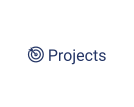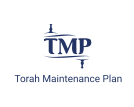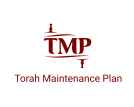SOFER ON SITE
INTERNATIONAL
Torah
is
the
prized
inheritance
of
the
Jewish
people.
It
moves,
motivates,
and
unites
us
as
a
nation.
For
3,000
years
we
have
learned
to
live
our
lives
through
the
teachings,
guidance
and
message
of
Torah.
We
search
for
new
ways
to
bring
ourselves
closer to it.
At
Sofer
On
Site
,
we
are
honored
to
provide
beautiful
STa’M
of
the
highest
Halachic
standards,
while
bringing
Torah’s
timeless
lessons
to
you,
and
inspiring
generations to come.
Ready for a
Sofer On Site
experience? Call us today!
BUSINESS HOURS
Monday - Thursday:
9:00 am - 5:00 pm
Friday:
9:00 am - 1:00 pm
Weekend & Jewish
Holidays: Closed
CONTACT INFO
Address:
991 North Miami Beach Blvd.
N. Miami Beach, FL 33162
Phone: 305-770-3481
Fax: 305-770-4204
Email: info@soferonsite.com
For updates, sales, news and other
exciting opportunities follow us on
Social Media.
Want us to get back to you?
Click Here

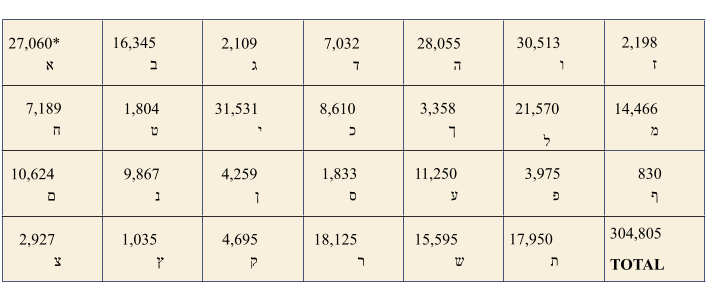

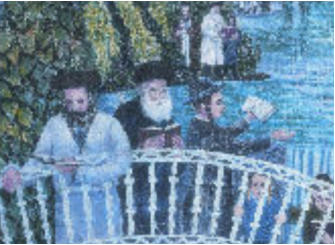

By the Columns
The Torah is divided
into 245 columns.
Bereisheet - 60
Shmos - 50
Vayikra - 38
Bamidbar - 52
Devarim - 45
Total = 245
By the Book
There are 5 books
in Torah:
Bereisheet (Genesis) 78,064 letters
Shmos (Exodus) 63,529 letters
Vayikra (Leviticus) 44,790 letters
Bamidbar (Numbers) 63,530 letters
Devarim (Deuteronomy) 54,892 letters
Total = 304,805
By the Verse
Each book is divided into
pesukim/sentences or verses:
Bereisheet - 1,533
Shmos - 1,210
Vayikra - 859
Bamidbar - 1,288
Devarim - 956
Total = 5,846
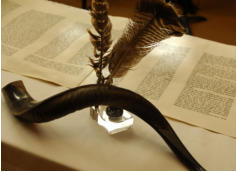


Education
Torah Facts


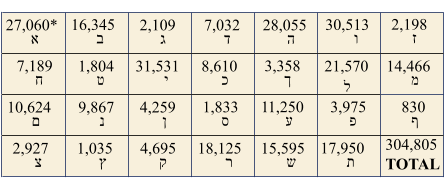
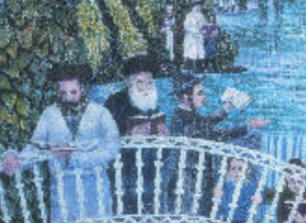

By the Columns
The Torah is divided
into 245 columns.
Bereisheet - 60
Shmos - 50
Vayikra - 38
Bamidbar - 52
Devarim - 45
Total = 245
By the Book
There are 5 books in Torah:
Bereisheet (Genesis) 78,064 letters
Shmos (Exodus) 63,529 letters
Vayikra (Leviticus) 44,790 letters
Bamidbar (Numbers) 63,530 letters
Devarim (Deuteronomy) 54,892 letters
Total = 304,805
By the Verse
Each book is divided into
pesukim/sentences or verses:
Bereisheet - 1,533
Shmos - 1,210
Vayikra - 859
Bamidbar - 1,288
Devarim - 956
Total = 5,846
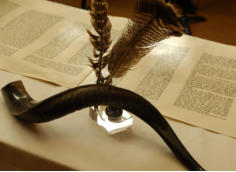

Education
Torah Facts
SOFER ON SITE
INTERNATIONAL
Torah
is
the
prized
inheritance
of
the
Jewish
people.
It
moves,
motivates,
and
unites
us
as
a
nation.
For
3,000
years
we
have
learned
to
live
our
lives
through
the
teachings,
guidance
and
message
of
Torah.
We
search
for
new
ways
to
bring ourselves closer to it.
At
Sofer
On
Site
,
we
are
honored
to
provide
beautiful
STa’M
of
the
highest
Halachic
standards,
while
bringing
Torah’s
timeless
lessons
to
you,
and
inspiring generations to come.
Ready for a
Sofer On Site
experience? Call us today!
BUSINESS HOURS
Monday - Thursday:
9:00 am - 5:00 pm
Friday:
9:00 am - 1:00 pm
Weekend & Jewish
Holidays: Closed
CONTACT INFO
Address: 991 North Miami Beach Blvd.
N. Miami Beach, FL 33162
Phone: 305-770-3481
Fax: 305-770-4204
Email: info@soferonsite.com
For updates, sales, news and other
exciting opportunities follow us on
Social Media.
Want us to get back to you?
Click Here

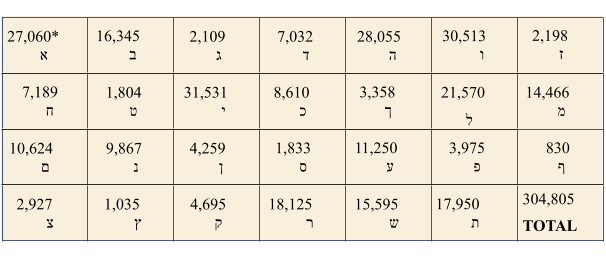

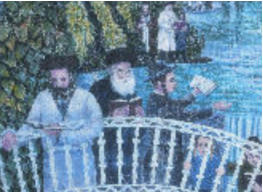

By the Columns
The Torah is divided
into 245 columns.
Bereisheet - 60
Shmos - 50
Vayikra - 38
Bamidbar - 52
Devarim - 45
Total = 245
By the Book
There are 5 books
in Torah:
Bereisheet (Genesis) 78,064 letters
Shmos (Exodus) 63,529 letters
Vayikra (Leviticus) 44,790 letters
Bamidbar (Numbers) 63,530 letters
Devarim (Deuteronomy) 54,892 letters
Total = 304,805
By the Verse
Each book is divided into
pesukim/sentences or verses:
Bereisheet - 1,533
Shmos - 1,210
Vayikra - 859
Bamidbar - 1,288
Devarim - 956
Total = 5,846



Torah Facts
SOFER ON SITE
INTERNATIONAL
Torah
is
the
prized
inheritance
of
the
Jewish
people.
It
moves,
motivates,
and
unites
us
as
a
nation.
For
3,000
years
we
have
learned
to
live
our
lives
through
the
teachings,
guidance
and
message
of
Torah.
We
search
for
new
ways
to
bring
ourselves
closer to it.
At
Sofer
On
Site
,
we
are
honored
to
provide
beautiful
STa’M
of
the
highest
Halachic
standards,
while
bringing
Torah’s
timeless
lessons to you, and inspiring generations to come.
Ready for a
Sofer On Site
experience? Call us today!
BUSINESS HOURS
Monday - Thursday:
9:00 am - 5:00 pm
Friday:
9:00 am - 1:00 pm
Weekend & Jewish
Holidays: Closed
CONTACT INFO
Address: 991 North Miami Beach Blvd.
N. Miami Beach, FL 33162
Phone: 305-770-3481
Fax: 305-770-4204
Email: info@soferonsite.com
For updates, sales, news and other
exciting opportunities follow us on
Social Media.
Want us to get back to you?
Click Here
Education


















